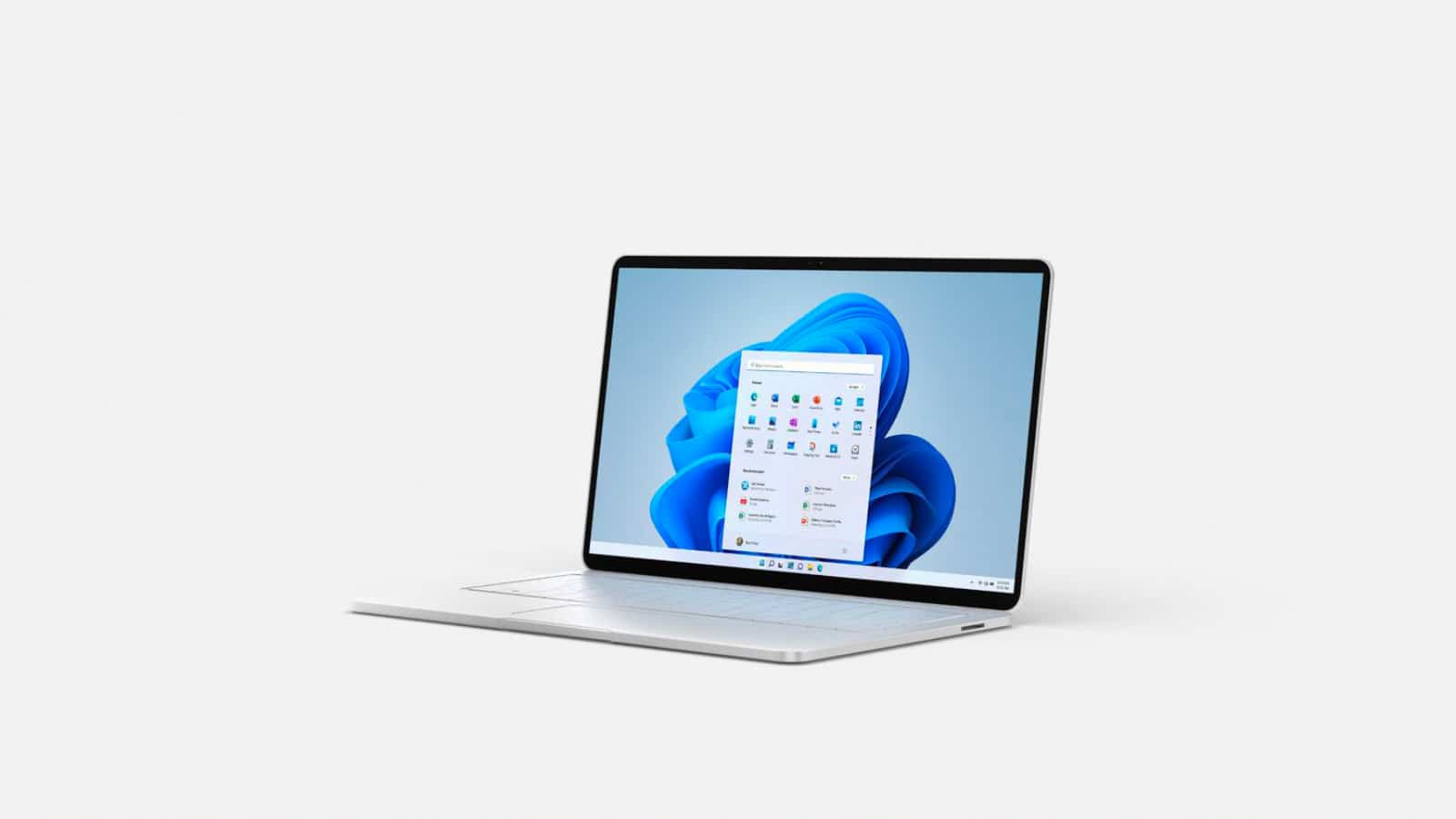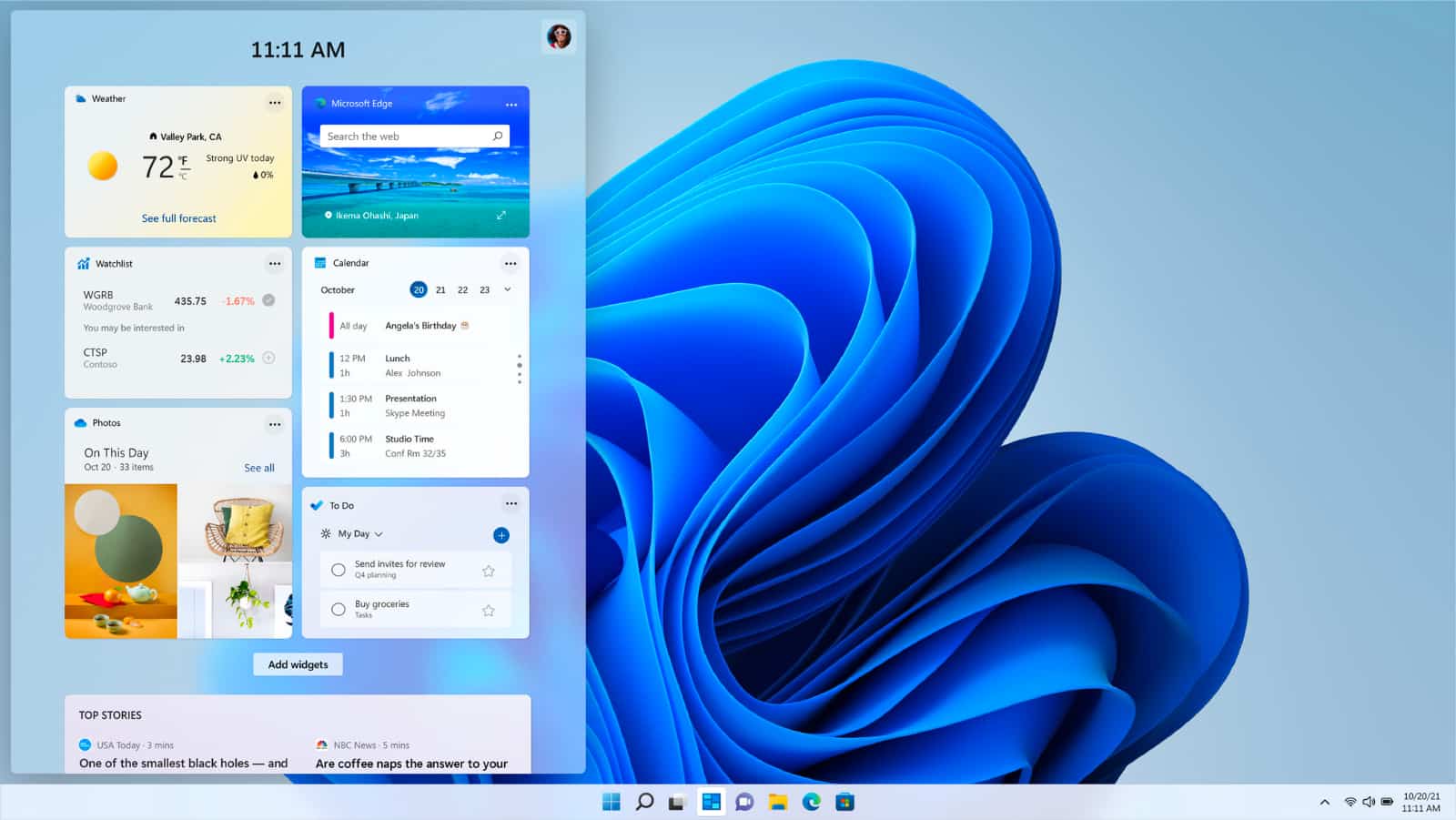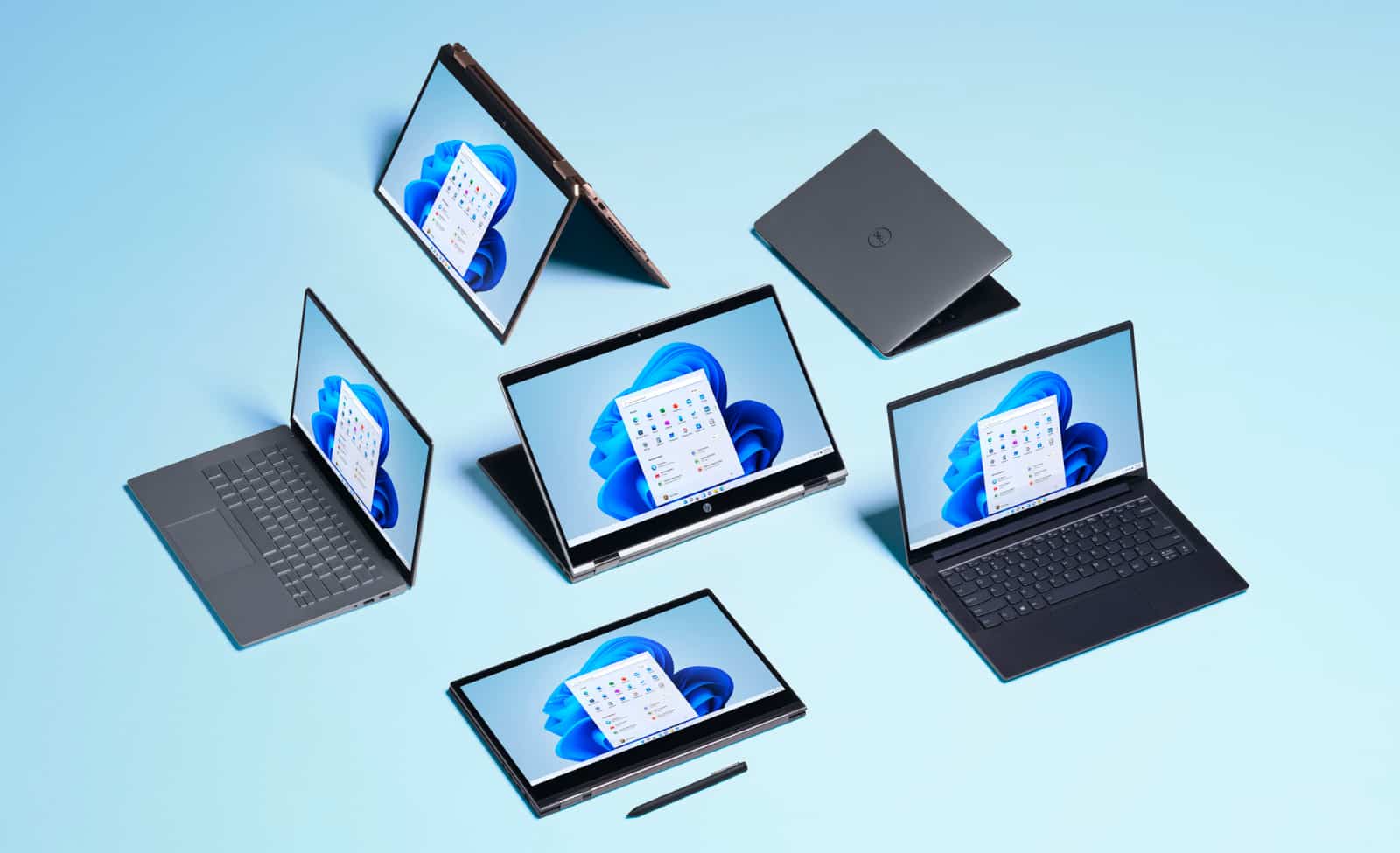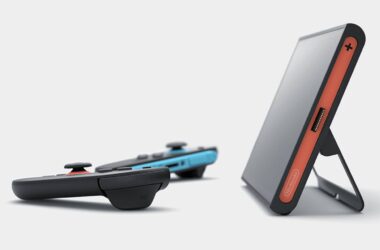A new version of Windows is upon us, and while it won’t be for everyone, it does mean a new way to use and experience Windows PCs is just around the corner.
There are plenty of computer releases, but seemingly not a whole heap of changes to the major operating system most computers use. While macOS is only found on computers made by Apple, almost every other computer manufacturer in the world is relying on an operating system made by Microsoft, and we bet you know what it is.
Say it with us: Windows.
It’s been some time since Windows saw a major release, with Windows 10 released back in 2015. While Microsoft has issues changes and patches and packs throughout that time, Windows hasn’t seen a major change, but six years on, it’s about to see something new.
Announced back in June, Microsoft is prepping Windows 11 for release, noting that it will start rolling out as a free upgrade to eligible Windows 10 PCs on October 5, while new computers sporting the newly finished operating system will also be made available from that date, as well.
The latest take on Windows won’t arrive on every computer, mind you, though there’s a compatibility program you can run to see whether a Windows PC in your life can take the new system. However if you do have support, you’ll find a new look, new layouts and ways to group windows to help expedite productivity, and a centralised Start menu that might be a little reminiscent of what Mac users have.
Also included is support for widgets, integrating more information from the web with the Start Menu view, essentially providing some of what might appear in a webpage or in the Google Discover screen on a desktop menu screen.
It’s one part of what makes Windows 11 a little different and joins a new Windows App Store which will also support Android apps in the coming months. That means later on, apps found on an Android phone may end up working on a Windows computer, much like how the M1 Mac allows iPhone and iPad apps to run on a modern day Mac.
We’re told quite a few computers are ready to launch with Windows 11 on-board, with Dell chiming in to note that most PCs available at Dell from October 5 will come with Windows 11 pre-installed, while business users will be able to move from Windows 10 Pro to Windows 11 Pro later on when they’re ready. However it will be made available on Dell computers released this year, including models from Dell’s XPS and Inspiron range, the Precision Workstation, Latitude and others.
And we suspect it will be the same for plenty of other computer makers, as well. We’ve already heard that Acer, Asus, HP, and Lenovo will all have Windows 11-ready computers, as will Microsoft’s recent Surface computers, including the Surface Laptop 4.
For folks with a Windows computer and no idea, Microsoft says you’ll need a 1GHz or faster dual-core minimum 64-bit chip, 4GB RAM, a minimum of 64GB storage, and a minimum 9 inch screen with at least 720p, as well as a UEFI capable computer. That last one may throw quite a few computers out of the running, as while older systems may be perfectly suited with the specs, UEFI is the evolution of the BIOS on computers and mightn’t be on older computers at all. Without this, it seems like Windows 11 will be a no go.
However Microsoft will have a health check tool to find out whether your computer qualifies later on, making it possible to check whether Windows 11 is an upgrade path you can take as the October 5 launch date draws nearer.









